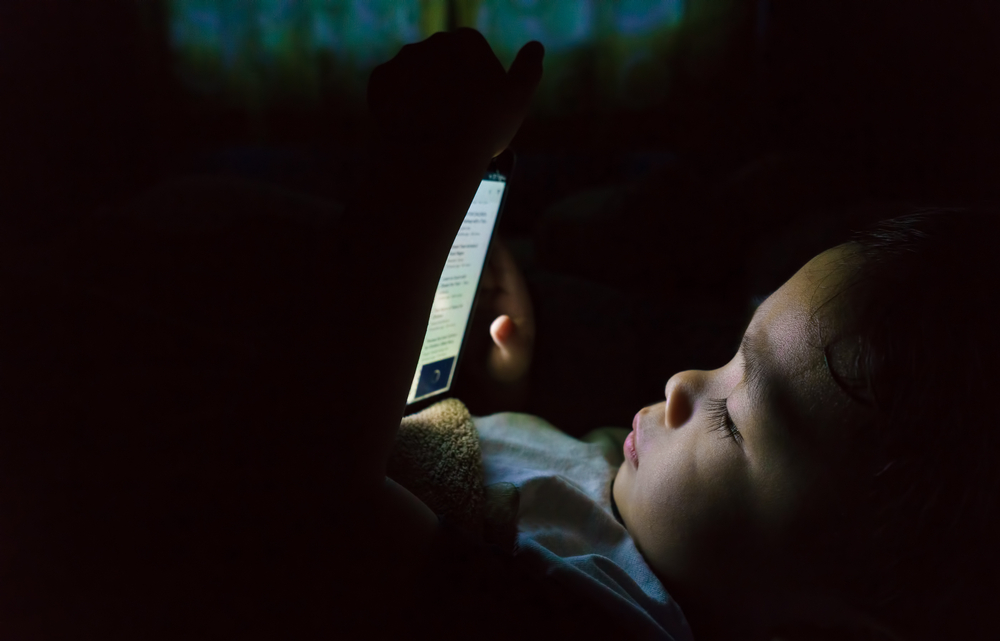The internet is rife with potential dangers. However, the internet is also filled with resources for education and communication that deeply enrich your child’s life. It’s essential that children understand the hazards of the internet so they can enjoy the benefits. Thankfully, there are many ways to protect your child’s personal information online. Knowledge is the the first step in online safety.
How many children share personal information online?
Alarmingly enough, children as young as eight share a great deal of information on social media. The Office of the E-Safety Commissioner has found that 39% of children on social media use their real names. Furthermore, 24% have posted a picture of either their school or their school’s uniform. Perhaps most frighteningly, almost 56% of children ages 8-13 have claimed to bypass age requirements when creating their accounts. For any parent, these are distressing statistics, but the perils of information sharing do not end there.
Facebook and privacy settings
Consumer Reports estimates that 20 million American minors use Facebook. Worse, 7.5 million of these minors are under Facebook’s minimum age requirement of thirteen. In fact, some parents create accounts for their children. Therefore, it’s vital that both you and your child understand Facebook’s privacy settings. Although these settings seem daunting, you can just click on the question mark on the top right of any Facebook page. From there, you can review you your privacy settings for posts, apps, and profiles. This way, you can establish which people get to see your child’s profile and what they actually see.
Tagging, check-ins, and geolocations
Many apps and websites ask you to tag pictures with or check in to locations. Even worse, many apps automatically utilize geolocation tagging for photos.This feature can help advertisers and other users find you. That makes it extremely dangerous for minors. Make sure to check the settings on your child’s apps to turn off geolocations. Also, tell your child why it’s important to uncheck your image’s location on social media platforms.
Take caution when someone asks for personal information
If someone does ask you or your child for personal information, treat them just like any stranger you’d see on the street. Remind your child that stranger on the internet is someone they do not know. That means they shouldn’t be trusted with vital information. Show your children how to use the app or site’s blocking and reporting features. And just like mail you receive in your mailbox, children shouldn’t open emails if they’re not familiar with the sender.
Prevention is key
Prevention is the best way to avoid sharing information. Make sure you and your child understand the privacy settings within every social media platform you use. Avoid taking pictures and tagging geolocations on posts. And, of course, take caution when someone asks you for personal information.
For videos, resources and information about teaching your child online safety, check out Net Literacy‘s Safe Connects program.
Text by Jonathon Page


